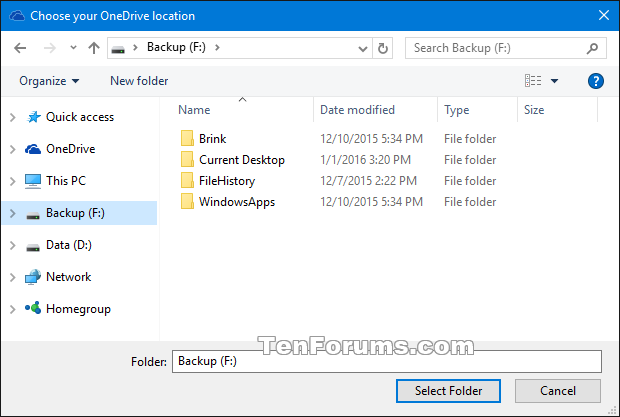


When the user is configured in the sync app, if the same user account is syncing files with the previous OneDrive for Business sync app (Groove.exe), the new sync app (OneDrive.exe) will attempt to take over syncing those files. For info about setting this threshold using Group Policy, see Set the maximum size of a user's OneDrive that can download automatically. If syncing the user's entire OneDrive would cause the available space to drop below 1 GB or if the size exceeds the threshold you set (on devices that don't have Files On-Demand enabled), OneDrive will prompt the user to choose folders to sync. That Windows account must be a Microsoft Azure Active Directory (Azure AD) account or be linked to an Azure AD account through a hybrid authentication configuration (see Prerequisites below).īefore OneDrive.exe begins syncing, it will check the available disk space. If you enable this feature, OneDrive.exe will attempt to silently (without user interaction) sign-in to the work or school user account that was used to sign into Windows (known as the Windows Primary Account). This feature works for computers that are joined to Azure Active Directory (Azure AD). OneDrive for Web officially supports Microsoft Edge (Chromium), Chrome, Firefox, and Safari.This article is for IT admins who would like to silently configure user accounts when deploying the new OneDrive sync app (OneDrive.exe) to managed Windows computers in their enterprise. On mobile platforms, OneDrive requires Android 6.0 or later and iOS/iPadOS 13 or later. That means business users paying Microsoft for extended support will continue getting updates and support until Janu(Windows 7 and Windows 8.1).Ĭhanges in support policies for OneDrive on Windows mean the app will work on Windows 10 (any given version) and 11. On January 1, 2022, Microsoft will align the OneDrive desktop application for business with the Windows support lifecycle. Note that the change applies exclusively to OneDrive for personal accounts. That means OneDrive for Web will continue working on old Windows versions for quite a while. Although Microsoft has already ended mainstream support for Windows 8.1, 8, and 7, Google and other developers continue updating their browsers due to a relatively large install base. If your computer does not support Windows 10 or 11, Microsoft recommends accessing OneDrive from a modern supported browser. Microsoft urges users to upgrade their systems to Windows 10 or 11 (if compatible). Users will no longer be able to sync, download, or upload personal files with the outdated Windows client.

On March 1, 2022, OneDrive will stop working on Windows 8.1, 8, and 7.


 0 kommentar(er)
0 kommentar(er)
